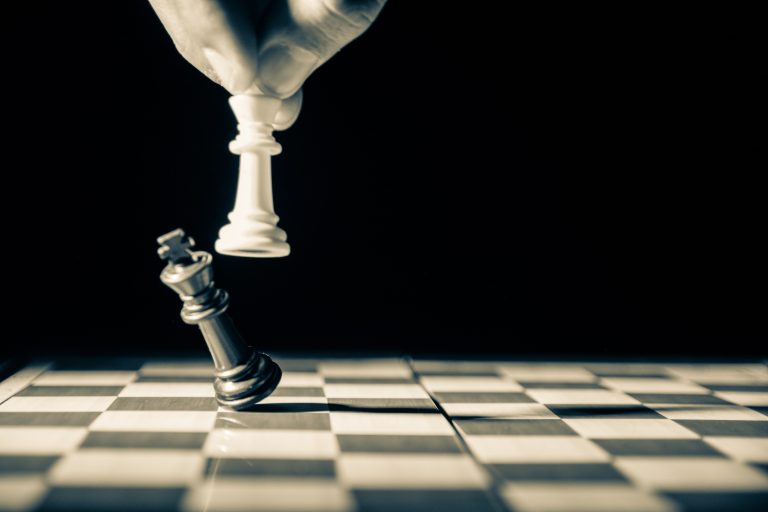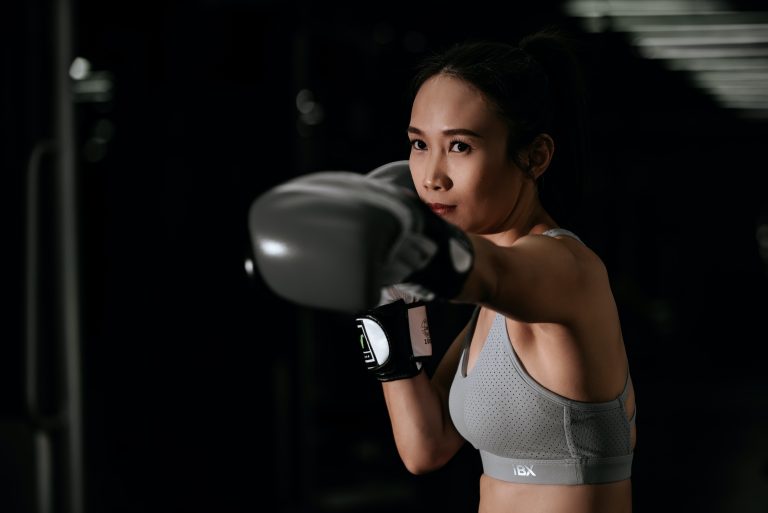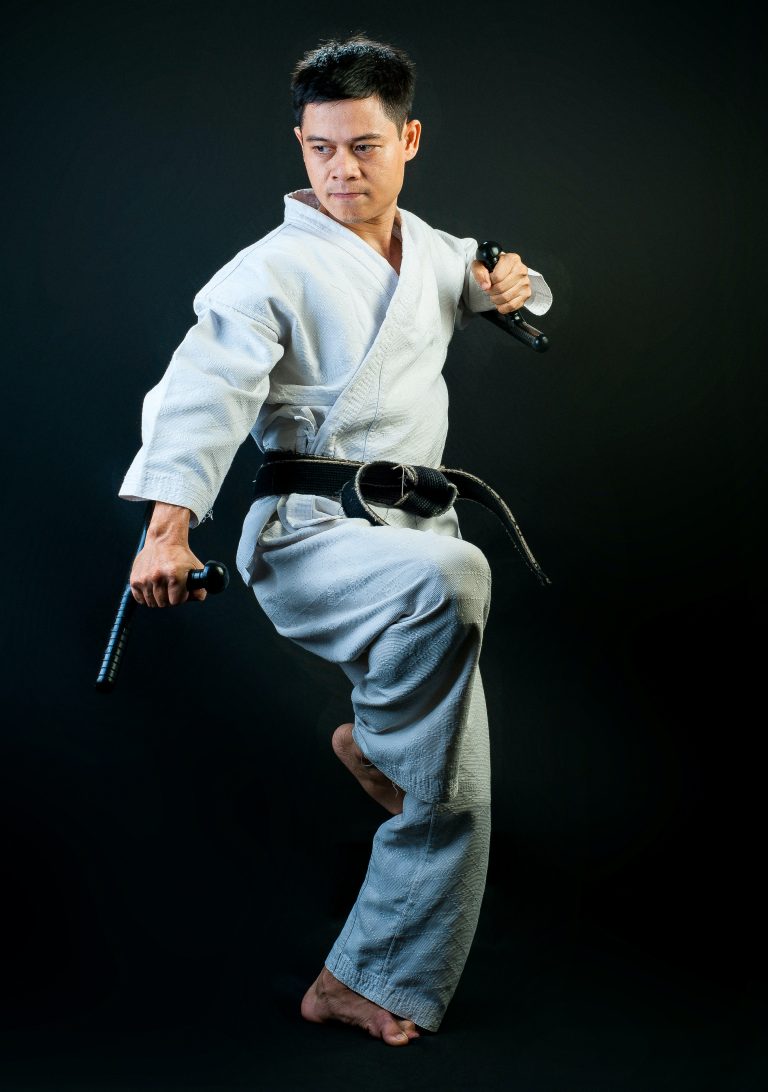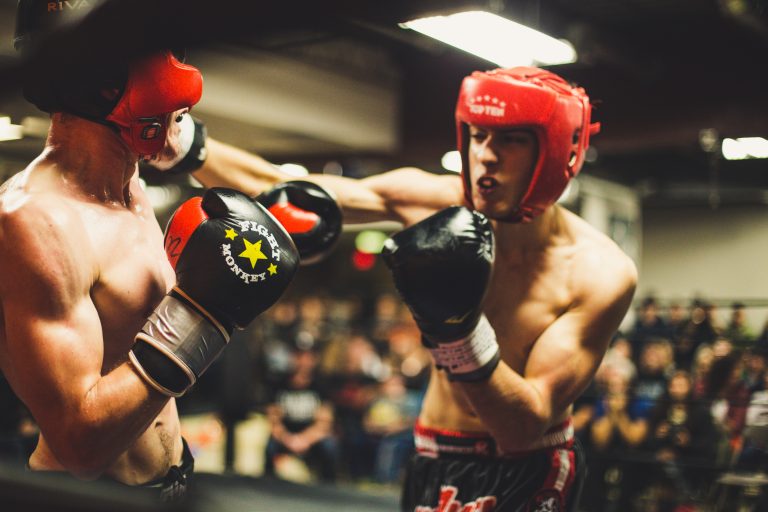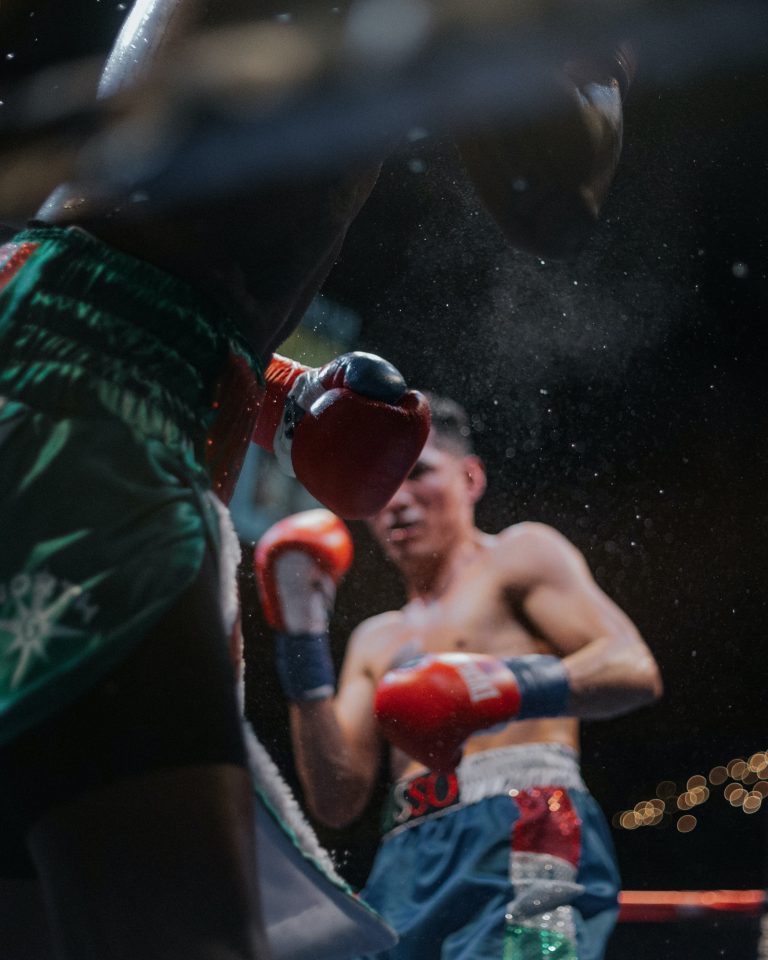Aikido: The Japanese Martial Art of Harmony
Aikido is a modern Japanese martial art developed by Morihei Ueshiba, who is commonly known as O Sensei. This art emphasizes the spiritual and philosophical aspects of martial arts, with a focus on harmonizing with the opponent’s energy rather than defeating them.
Origins of Aikido
The roots of Aikido can be traced back to various traditional Japanese martial arts, including Daito-ryu aiki-jujutsu, which was practiced by Morihei Ueshiba’s teacher, Sokaku Takeda. However, Ueshiba’s vision for Aikido went far beyond simply defeating an opponent in combat – he wanted to create an art that promoted peace and harmony in the world.
Principles of Aikido
Aikido is based on three fundamental principles:
- Blending with the opponent’s energy: Instead of meeting force with force, Aikido practitioners blend with the opponent’s energy and redirect it in a way that neutralizes their attack.
- Using circular movements: Aikido techniques involve fluid, circular movements that help to move the opponent off balance.
- Applying wrist and joint locks: Once the opponent is off balance, an Aikido practitioner can apply a wrist or joint lock to control them without causing injury.
Training in Aikido
Aikido training focuses on ukemi or breakfall techniques, which help practitioners to safely fall and roll away from a throw. This is an essential part of Aikido training, as it helps to prevent injury during practice. Students also learn a variety of techniques, including throws, joint locks, and strikes, and practice these techniques in pairs.
In addition to physical training, Aikido also emphasizes spiritual and philosophical training. Students are encouraged to cultivate a peaceful, compassionate mindset and to apply the principles of Aikido to their everyday lives.
Benefits of Aikido
Like other martial arts, Aikido provides physical benefits such as improved flexibility, strength, and cardiovascular health. However, Aikido also provides unique mental and emotional benefits, including improved focus, self-discipline, and stress reduction. Aikido training can also help to develop a sense of harmony and connectedness to the world around us.
Conclusion
In conclusion, Aikido is a martial art that promotes harmony, peace, and non-violence. It teaches practitioners to blend with their opponent’s energy, use circular movements, and apply wrist and joint locks to control an attacker. Beyond physical training, Aikido also emphasizes spiritual and philosophical development, and provides unique mental and emotional benefits. If you are interested in martial arts that promote peace and harmony, Aikido may be the perfect martial art for you.
Aikido: The Japanese Martial Art of Harmony – FAQs
Aikido is a Japanese martial art that was developed in the early 20th century by Morihei Ueshiba. It is a non-aggressive self-defense system that emphasizes effective techniques designed to redirect an attacker’s momentum and energy. Aikido is practiced by people of all ages around the world, and it is known for its ability to improve physical fitness, balance, and coordination while teaching valuable skills for self-development and self-defense.
This blog post will answer some of the most frequently asked questions about Aikido.
1. What does Aikido mean?
Aikido is made up of three Japanese characters: Ai, Ki, and Do. Ai means harmony, Ki means energy or spirit, and Do means the path or way. Therefore, Aikido can be translated to mean „the way of harmony with the spirit.“
2. What are the benefits of practicing Aikido?
There are many benefits to practicing Aikido. Physically, it improves flexibility, strength, balance, and coordination. Mentally, it teaches discipline, focus, and concentration. It also has the potential to improve confidence and self-esteem while creating a sense of inner peace and calm.
3. What is the philosophy of Aikido?
Aikido’s philosophy is based on the idea of non-resistance. Rather than meeting an attack with force, Aikido practitioners seek to harmonize with the attacker’s movements and use their momentum against them. Aikido also emphasizes the importance of self-development, self-mastery, and compassion.
4. Is Aikido difficult to learn?
Like any other martial art or physical activity, Aikido requires dedication and practice to become proficient. However, Aikido is designed to be accessible to people of all ages and abilities. The techniques focus on using timing and leverage rather than brute strength, making it an effective self-defense system for smaller or weaker individuals.
5. Is Aikido a competitive sport?
No, Aikido is not a competitive sport. While some dojos (schools) may incorporate in-house tournaments or friendly demonstrations, there are no competitive events in Aikido like there are in other martial arts like Judo or Karate. Instead, Aikido emphasizes mutual respect and cooperation, and practitioners typically work together to hone their skills and build a sense of community.
6. What equipment do I need for Aikido?
Most Aikido dojos only require students to wear a gi (a traditional martial arts uniform) and a belt indicating their level of rank. Some dojos may also require or recommend protective gear like a mouthguard or groin protector.
7. How do I find a good Aikido dojo?
When searching for an Aikido dojo, it’s essential to find an instructor and environment that aligns with your goals and values. Look for a school that has experienced and qualified instructors, a clean and safe facility, and a culture of mutual respect and cooperation. You can also ask to watch a class or speak with current students to get a feel for the dojo’s atmosphere.
8. Can children practice Aikido?
Yes, Aikido can be practiced by children as young as four years old. Many Aikido dojos offer dedicated kids‘ classes that focus on introducing the basic techniques and principles of Aikido in a fun and engaging environment.
9. Is Aikido only for self-defense?
While Aikido is primarily marketed as a self-defense system, it offers much more than that. Aikido techniques can help enhance physical fitness, coordination, and mental discipline. Many Aikido practitioners also find that the practice offers benefits beyond the physical, such as improved self-esteem, stress relief, and a sense of personal growth.
10. Can I practice Aikido if I have physical limitations or disabilities?
Yes, Aikido can be adapted to individuals with physical limitations or disabilities. Many Aikido techniques focus on using an attacker’s momentum and energy, making it a self-defense system that relies less on brute strength. Additionally, many Aikido dojos are committed to making the practice accessible to everyone and can work with individuals to modify techniques or offer alternative instruction.
Conclusion
Aikido is a martial art that offers many benefits for people of all ages and abilities. Whether you’re looking to improve physical fitness, build discipline and focus, or learn a non-aggressive self-defense system, Aikido may be the right practice for you. By understanding the basics of Aikido’s philosophy, techniques, and community, you can make an informed decision about whether Aikido is the right martial art for you.
Inhaltsverzeichnis

